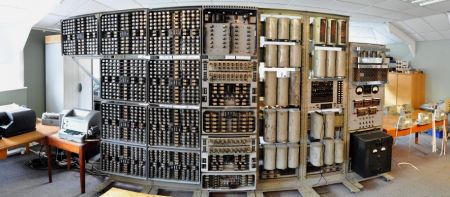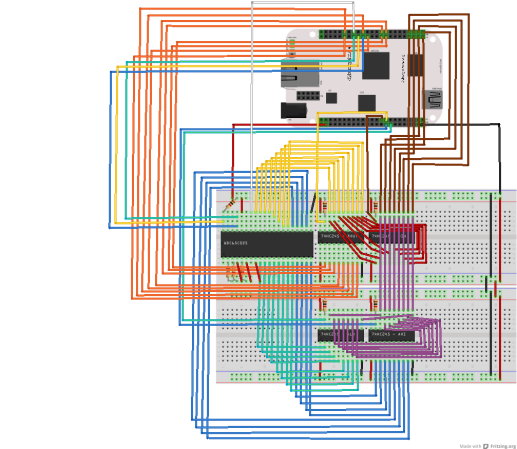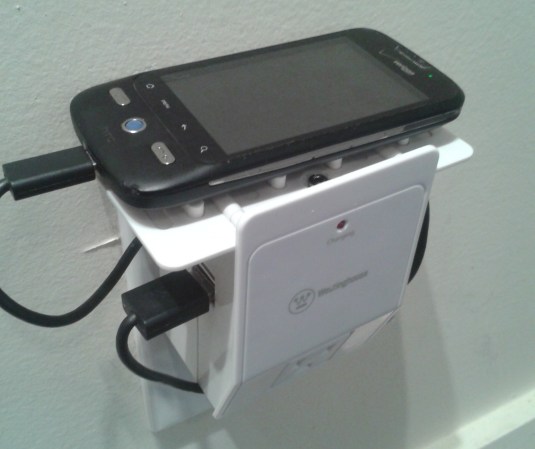
iClass is an RFID standard that is aimed at better security through encryption and authentication. While it is more secure than some other RFID implementations, it is still possible to hack the system. But initial iClass exploits were quite invasive. [Brad Antoniewicz] published a post which talks about early attacks on the system, and then demonstrates a better way to exploit iClass readers.
We remember seeing the talk on iClass from 27C3 about a year and a half ago. While the technique was interesting, it was incredibly invasive. An attacker needed multiple iClass readers at his disposal as the method involved overwriting part of the firmware in order to get a partial dump, then patching those image pieces back together. [Brad] makes the point that this is fine with an off-the-shelf system, but high-security installations will be using custom images. This means you would need to get multiple readers off the wall of the building you’re trying to sneak into.
But his method is different. He managed to get a dump of the EEPROM from a reader using an FTDI cable and external power source. If you wan to see how he’s circumventing the PIC read protection you’ll have to dig into the source code linked in his article.

















